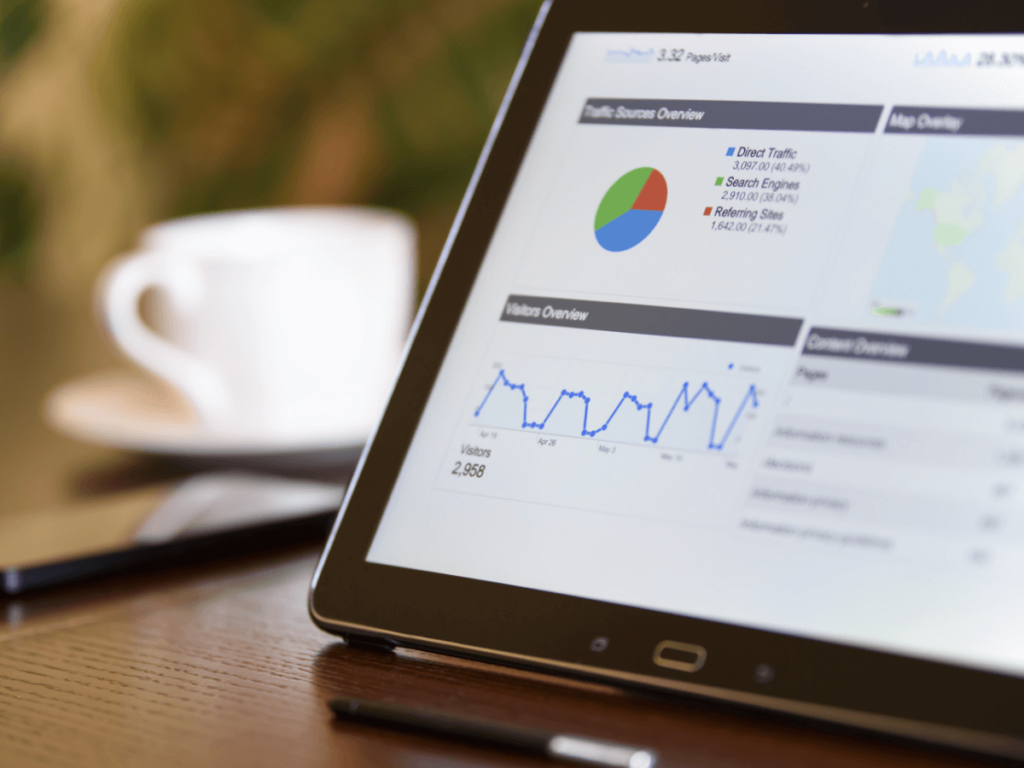Google Ads is one of the most effective ways to market your business online. But the system is complex, and there’s plenty of terminologies that used to be the private domain of professional Google Ads services. These days, you don’t need to be a Google Ads manger to use the platform, so we’re going to look at some of the common terms to help you understand your campaign better.
Google Ad Campaigns
A Google Ads campaign contains the individual ads you’re using to promote your business, products, services or website. You can run multiple campaigns at once (especially if you are advertising different types of products, or targeting multiple audiences). There are five major types of campaigns:

- Search campaign – Search Campaigns allow you to create text-based ads that appear in Google’s search results. These are the most common type of ads and they’re an effective way to attract customers that already know what they’re searching for.
- Display campaign – Google partners with millions of websites all over the world to provide advertising space. Display campaigns show up on these third-party websites, typically as images (such as banner ads).
- Shopping campaign – Shopping campaigns show individual products (including their pricing) directly in Google’s search results. This type of campaign is highly effective for ecommerce businesses.
- Video campaign – Google Video campaigns allow you to create highly visual advertising that’s displayed on Youtube and other video streaming sites. Video campaigns can be expensive to produce, but they’re very effective for telling stories, showcasing products and appealing to niche audiences.
- App campaign – Many businesses choose to build Android or iPhone apps to support their products and services. App campaigns allow you to advertise your app across most Google platforms, which can drastically increase the number of people using the app.
Keywords
Google chooses which ads to display based on keywords. Google’s mission is to provide search results that match their customers’ search queries. It does this by comparing the words and phrases that were searched with the keywords your ads are targeting.
Conversions
A conversion is any event where someone clicks on one of your ads and performs a desired action. This could be something like filling out a contact form, purchasing a product, calling your business or signing up for a mailing list. Conversions are one of the most important parts of any Google Ads campaign. In most cases, conversions generate the income that provides a return on your ad spend. For instance, if someone clicks on your ad and then purchases a product, you can use the money you make to run ads and attract further conversions.
This system makes Google Ads one of the most cost-effective ways of attracting new customers, leads and sales to your business.
Ad Extensions
Google Ads display a huge range of information, depending on the campaign type. In addition to the headline, body text and imagery, Google Ads can also display Ad Extensions. Ad Extensions are additional information that Google displays dynamically, depending on whether it’s useful to the person searching.
Google supports dozens of types of ad extensions. Not every ad extension is applicable to your business, but it’s a good idea to add as much information as possible. The more ad extensions you include, the more likely Google is to show that information when your ads are served. Google supports ad extensions that show:
- Your business address
- Business contact information
- Sitelinks to individual webpages
- Call extension
- Structure snippets
- Product pricing
- Promotions
- App download links
- Lead form links
Bidding Strategies
Every time someone performs a search on Google, Google runs an instantaneous auction that assesses which ads to display. A major part of these auctions is the bidding process. Each advertiser places a bid that determines the maximum amount of money they’re willing to spend to have their ad displayed. To help keep your costs under control, Google offers a number of bidding strategies that allow you to control how you spend your budget.
Google Ads Reporting
Google Ads provides in-depth reporting information that can be used to optimise your campaign. While reports provide lots of data, some of the most important terminologies are:
- Impressions – This is the number of times your ad is shown.
- Click through rate – The click through rate (CTR) is the percentage of people who saw your ad and clicked the link.
- AdRank – AdRank is a metric Google uses to determine how high your ad shows on Google’s search. It’s calculated based on your bid and your Quality Score
- Quality Score – Quality Score is another Google metric. It measures the quality of your ad based on the historical click through rate, how relevant your keywords are, the landing page relevance, and the relevance of the text ad.



